But when they get a faulty tool then that is really frustrating. I recommend the MPLAB 8.30, PICkit 2 and PIC16F690 for my Beginner's Guide to Embedded C books (volume 1 and 2) but sometimes people prefer to use the latest such as MPLABX or PICKit 3. I can't argue against it but until my updated versions are released (hopefully by summer) I still recommend they stick to the tools I use in the books.
|
I recently helped a reader of my Embedded C Books through the early stages of getting things working properly. Sometimes the little things get in the way such as a compiler that doesn't fully install or a programmer that won't connect up properly with the USB port. These are the issues I can't write a solution for so I offer all my readers email support. But when they get a faulty tool then that is really frustrating. I recommend the MPLAB 8.30, PICkit 2 and PIC16F690 for my Beginner's Guide to Embedded C books (volume 1 and 2) but sometimes people prefer to use the latest such as MPLABX or PICKit 3. I can't argue against it but until my updated versions are released (hopefully by summer) I still recommend they stick to the tools I use in the books. But I've recently had two people with tools issues. One had a faulty PICkit 3 and another had a board with some kind of connection issue. I couldn't fix either one and fortunately they both figured out the problem. I hate to hear of a PICKit 3 issue.
4 Comments
I finished my Christmas shopping earlier than usual this year. And a big percentage of it was online. With Amazon Prime I was able to get 2 day shipping on many last minute items. Once I was done, I realized I hadn't stepped a single foot into Radio Shack. Now I'm not saying I'm the difference between them making it or not making it but it's been in many financial reports that Radio Shack has financial troubles. I've been a supporter of Radio Shack for many years. I learned a lot of my electronics knowledge from the Forrest Mims books. And Radio Shack is where I bought many of the parts for my projects when I was learning.
About 4 years ago, I was contacted by Radio Shack about my books. They were getting the FYI thing going and were looking to stock hobbyist electronics products. I was excited As I spend more time re-learning the old style BASIC for the new modern day Maximite computer, I'm reminded how far programming has advanced but also how easy BASIC is for me to write programs. I learned it a long time ago and never really forgot it.
Great Cow BASIC has been another BASIC language I use often that I find incredibly easy to get something running on a PIC. Add to that is the fact that I've written 1000's of programs in PICBASIC over the years as well. So I guess I'm just a BASIC language programmer at heart. I have a few basic tools that I use for my projects such as an Oscilloscope, Voltmeter and various hand tools but having a logic analyzer would be helpful. I got a chance to evaluate a LOGIC16 module from Saleae and I'm currently putting it through its paces. The installation was easy, just a USB cable connection and a few jumper wires with mini grippers connected to the main black box. Everything was included in the handy zipper case.
Configuration settings are one of the more confusing topics to someone just getting started with Programming PIC Microcontrollers and often is the hurdle they have to get over to get that first LED to flash. The configuration settings enable the features of the micro. Settings, such as enabling the Debug feature, Low Voltage Programming or setting the Oscillator to internal or external are just some of the options.
They are sometimes called fuses since in older one time programmable parts they were set once and couldn't be changed. But with today's modern flash memory devices, the configuration can be changed every time the part is programmed. The configuration is really just a set of bits that get set or cleared to enable or disable the feature. These bits are grouped together into a byte or several bytes depending on how many features need to be configured. I've been testing out the Maximite Computer I put together and learning more about the power of the Maximite BASIC (or MMBASIC) used to program the Maximite. Its the same format at the old fashioned VIC20, C64, TRS80, AppleII style BASIC and I'm having a lot of fun. I first learned programming by using a teletype machine that was connected to a mainframe through a phone modem and programmed in this same form of BASIC. My first home computer was a VIC20 so I'm bringing back a lot of memories. One thing that I found interesting in an old QBasic book I'm using for examples is a statement from the author that recommends that you write programs that are easier to understand and modify rather than "relying on shortcuts and quick and dirty routines" to make it quicker to write. He says this makes it harder to maintain in the future.........Wonder what he'd think of today's modern C programming code?
I find most professional programmers seem to find every shortcut they can. It does make it harder to read and maintain and thus adds job security to the programmer (though its rarely admitted) because it's actually due the fact that they are always under pressure to get 10 days of coding done in 5. I've had a few people ask me recently about the best way to get started programming PICs. Apparently my Getting Started with PICs page needs a lot more work and I plan to add more information there soon. But in talking to these people they convinced me that I should be promoting my Programming PICs in BASIC book with the CHIPAXE 8-pin module instead of the larger CHIPINO. First off its a cheaper option and second it's less intimidating to start with an 8-pin chip. So I updated my recommendation at the bottom of the Getting Started with PICs page to show this package. It's
My son plays Goalie for University of Massachusetts - Lowell and I can't be at many of the games so I watch them online. I've found the best way to watch is to use my iPad mini to get the game and then use AirPlay to broadcast it to my Apple TV box so I can watch the game on the big screen 42" TV. It works great as both the picture and sound come through without glitches. So when I saw that Microcenter had the iPad 2 on a Black Friday special for $279.95, I jumped at the chance to get one for my in-laws (who need the bigger screen to see) so they could watch the same way we do. But to display the image on
|
Categories
All
Visit previous blog posts in the archives below.
Archives
February 2018
About ChuckChuck has been programming with PIC Microcontrollers since there were only five devices. Now there are over 700 and growing. He also has a lot of fun 3D printing designs using his Davinci 3D printer and TinkerCad software. In this series of blog posts and occasional videos on his YouTube Channel he tries to help you get started with electronics and 3D printing. Disclaimer |

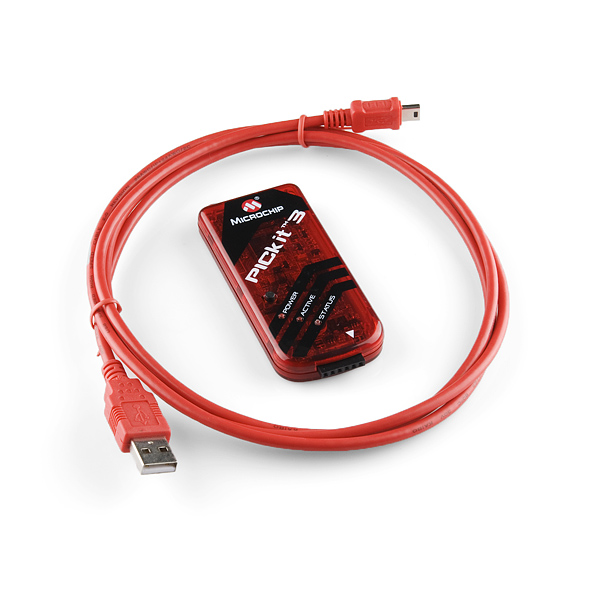

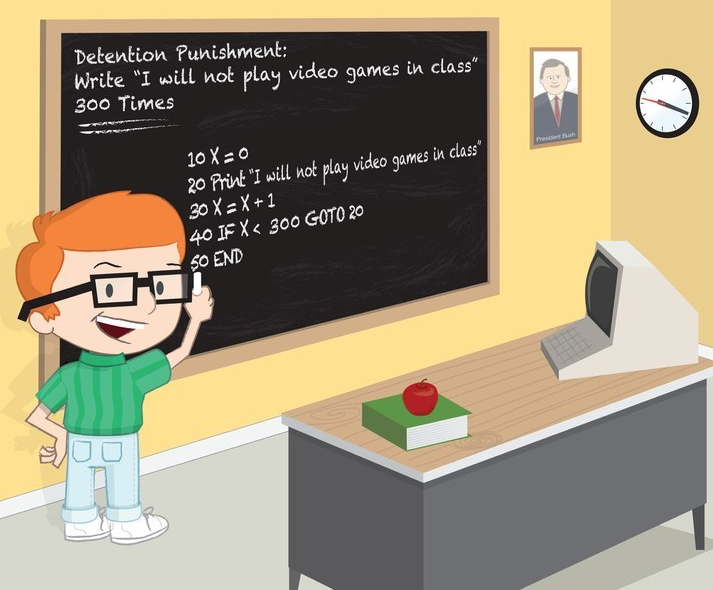
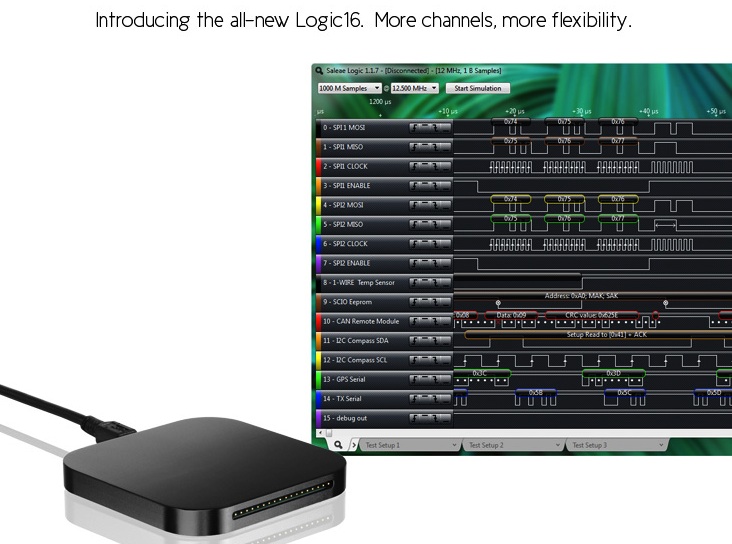

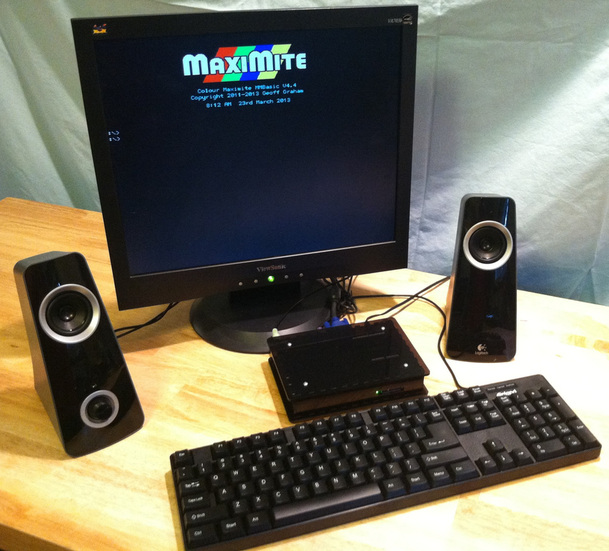
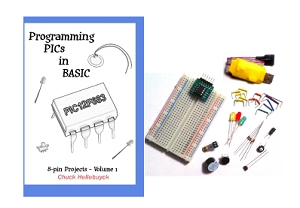

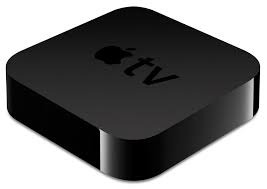
 RSS Feed
RSS Feed
